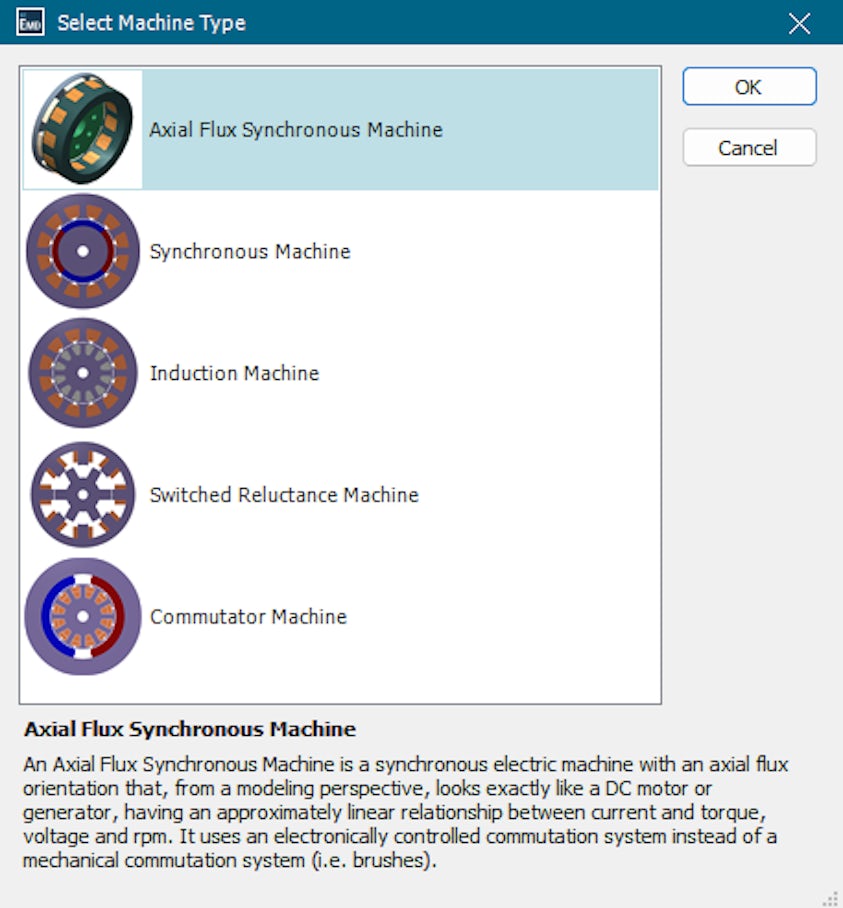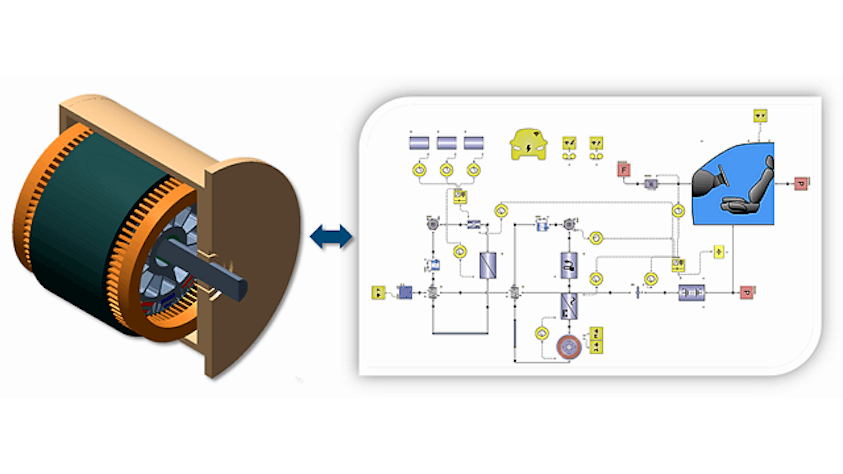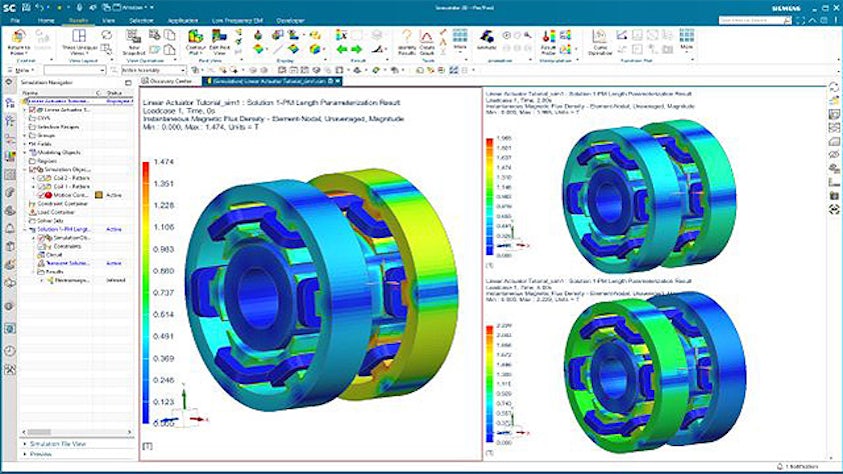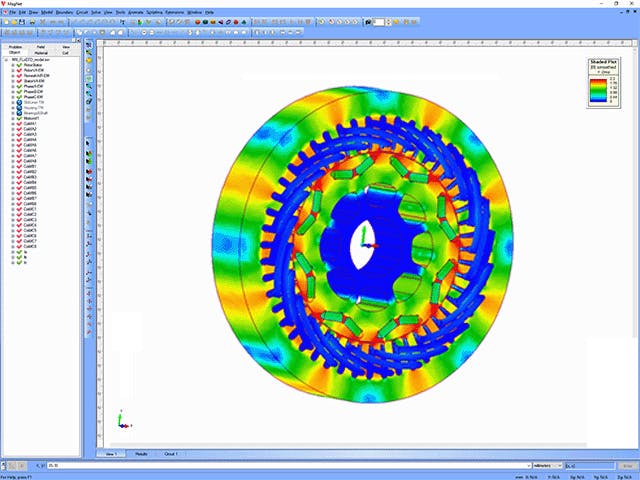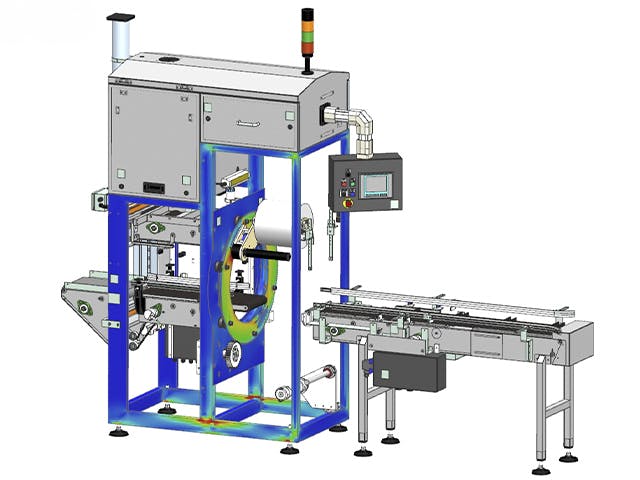Go faster and explore the possibilities
Discover the rapid design capabilities of Simcenter E-Machine Design, allowing for quick and efficient design, testing, review, and redesign processes. This tool provides fully parametrized templates for commonly used motor and generator types, enabling engineers to create initial designs in mere minutes. It's fully compatible with HEEDs, facilitating the investigation or optimization of chosen parameters through a design of experiments (DoE) study. Additionally, its integration with Simcenter STAR-CCM+ permits further analysis with cutting-edge engineering applications.
Model the complexity
Import your e-machine CAD file straight into Simcenter E-Machine Design to enhance your design features, like coil winding, and access a broad electromagnetic materials library. The software supports advanced finite element analysis (FEA) simulation and connects with Simcenter MAGNET for precise adjustments of your design using static, time-harmonic, transient, and thermal solvers.
Stay integrated
Simcenter 3D low-frequency emag simulation solutions integrate seamlessly, allowing you to create and edit Simcenter MAGNET models within the Simcenter 3D graphical interface, using native NX CAD software. It enables the definition of intricate magnetic materials and properties, boundary conditions, and loads. This is complemented by an integrated 1D circuit modeling tool for comprehensive design and analysis.
A broad, multifunctional toolset for emag simulation engineering
Learn how Simcenter can help you with different approaches to solve electromagnetic problems in innovative applications in the automotive and aerospace industries.


